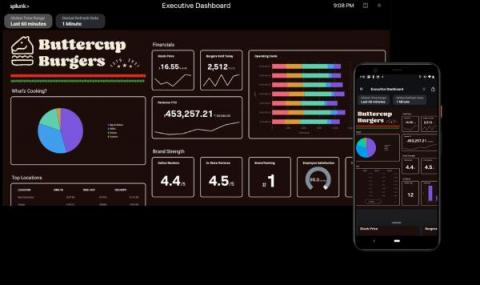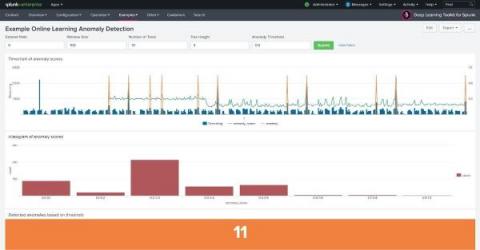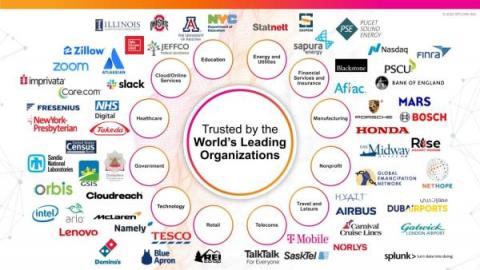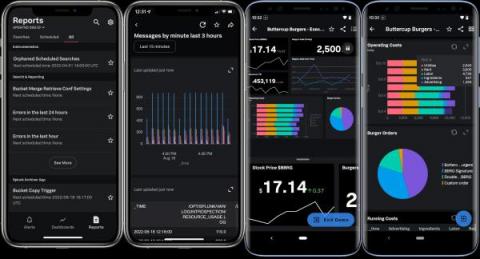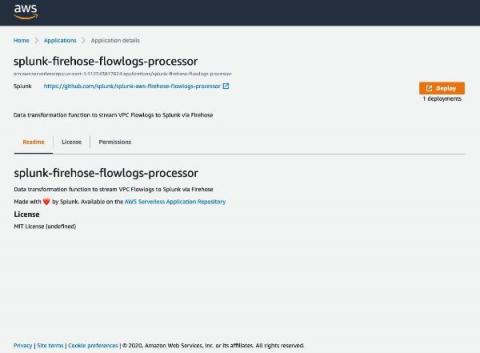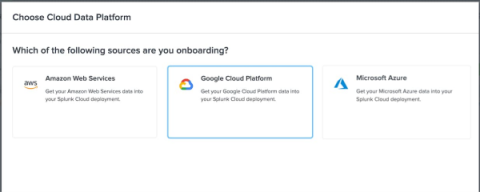Incident Severity Levels 1-5 Explained
The question isn't whether an incident will happen: it's when it will happen. Systems will crash. Software will fail. Vendors will suffer an outage of their own. It's your job to be prepared for these problems, and incident severity levels are one of the tools you need. Incidents have varying impacts on your business and customers. Incident severity levels are how you classify their impact and manage your response.




